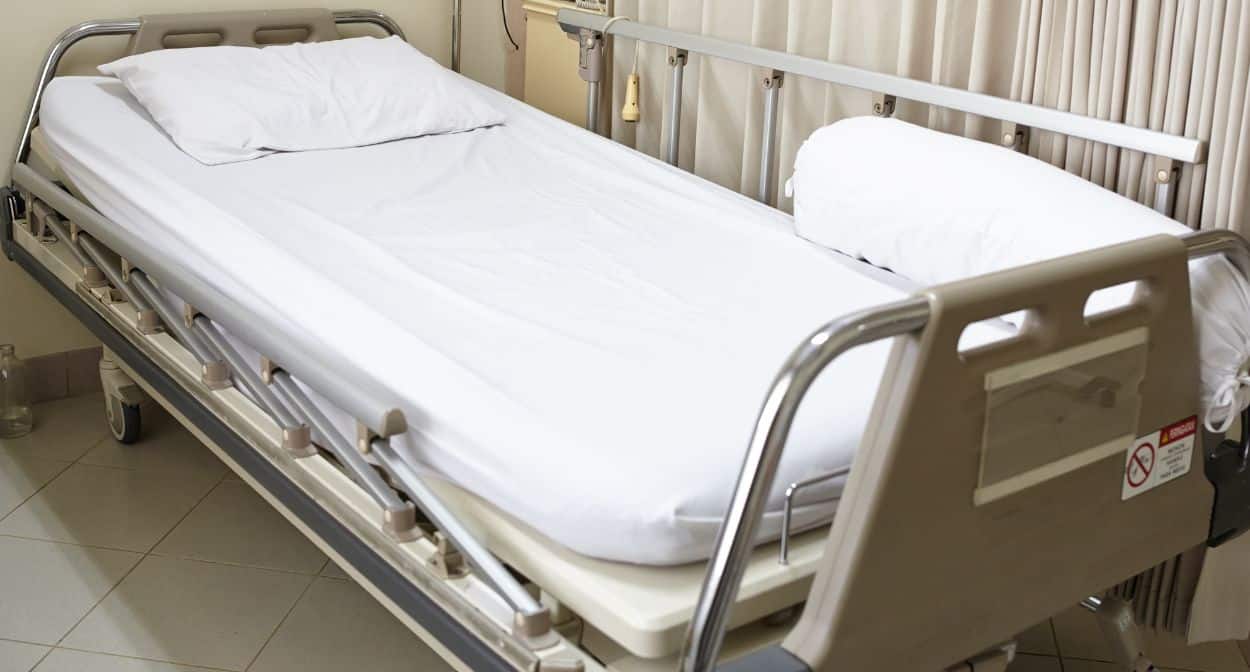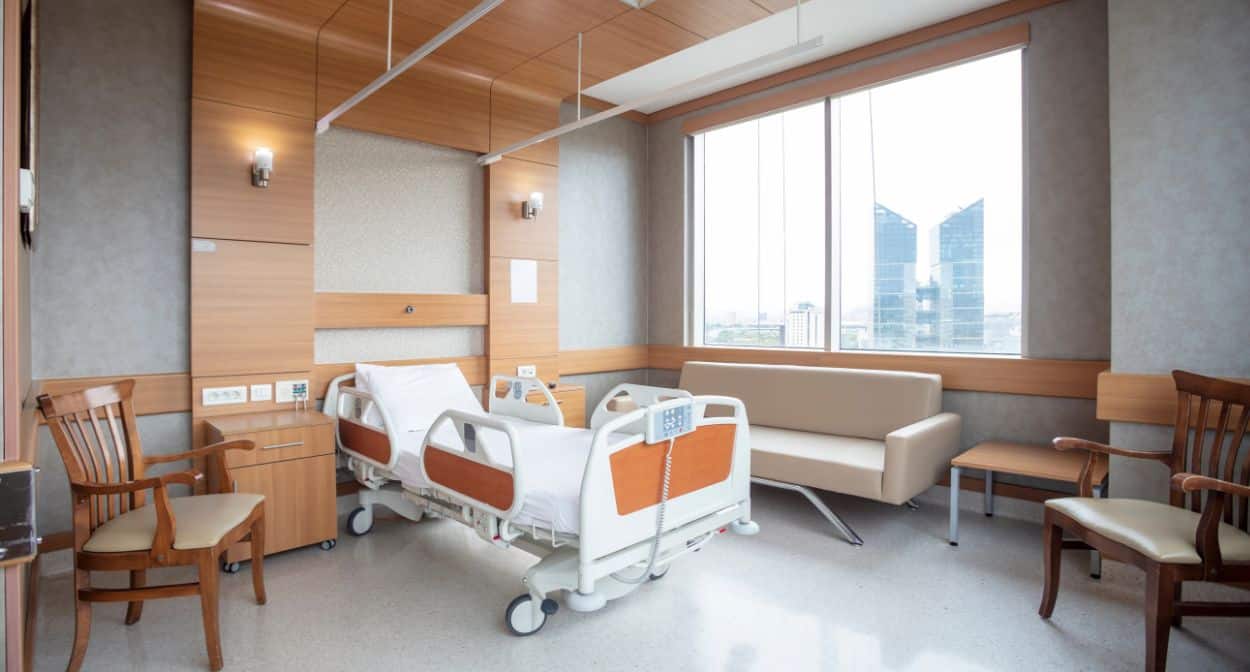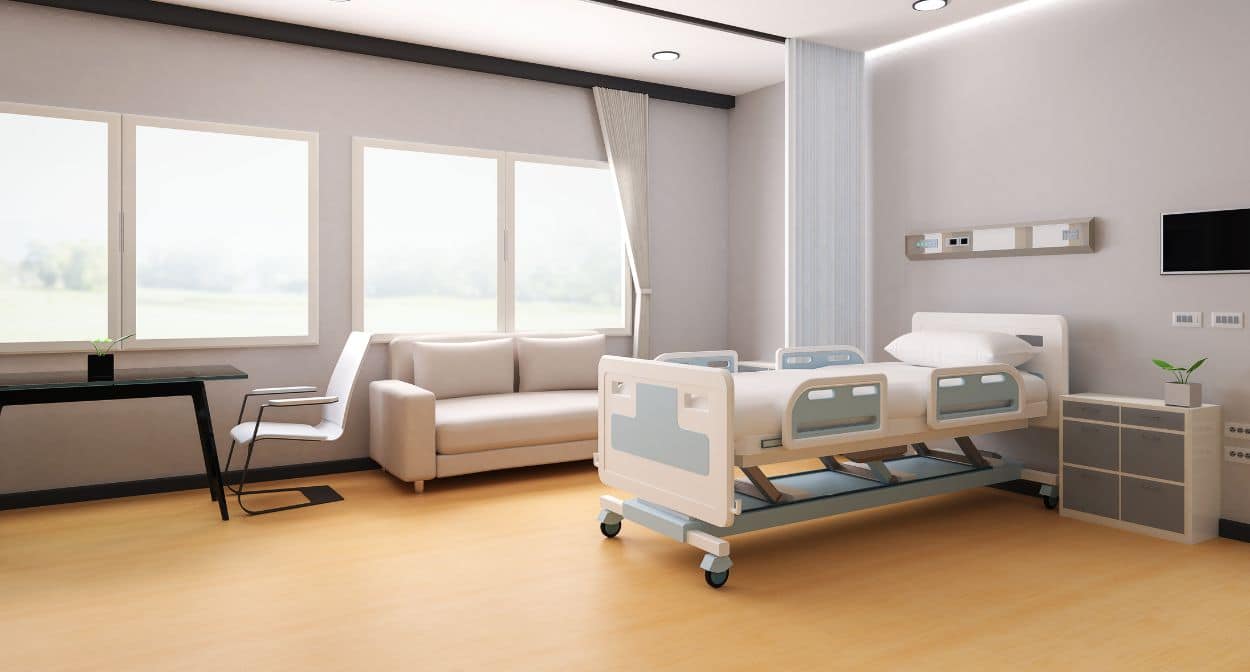The Changing Landscape of Healthcare
The healthcare industry has witnessed a significant shift in recent years, with an increasing emphasis on providing care in the comfort of one’s home. This patient-centric approach not only prioritizes the individual’s well-being but also recognizes the importance of a familiar and personalized care environment.
Central to this transition is the integration of hospital beds into home care settings, bridging the gap between professional medical care and the comfort of home.
Understanding the Fundamentals of Hospital Beds
Unlike traditional beds, hospital beds are specifically designed to cater to the diverse medical needs of patients while prioritizing their comfort and safety.
These beds offer a range of adjustable features, including height adjustment and the ability to raise or lower specific sections, such as the head and foot areas.
This adaptability is crucial in accommodating various medical conditions and facilitating efficient patient care.
Hospital beds can be broadly categorized into three main types

Fully-Electric Beds
These beds offer the highest level of convenience and ease of use. With the simple push of a button, caregivers can adjust the bed’s height, head, and foot sections, allowing for quick and effortless positioning based on the patient’s needs.
Semi-Electric Beds
A step down from fully-electric models, semi-electric beds provide electric adjustments for the head and foot sections while requiring manual adjustment for the bed’s height. This hybrid approach strikes a balance between convenience and cost-effectiveness.
Manual Beds
As the name suggests, manual beds rely entirely on hand cranks for adjustments across all sections. While they may require more physical effort from caregivers, manual beds offer a budget-friendly option for those with limited resources.
Choosing the Right Hospital Bed for Home Care

Firstly, a thorough assessment of the patient’s medical conditions, mobility limitations, and specific care requirements should be conducted. This evaluation will help identify the necessary features and functionalities that the hospital bed must possess to effectively support the patient’s care plan.
Secondly, the available space within the home must be measured and taken into account. Hospital beds come in various sizes, and it is crucial to choose a bed that fits comfortably within the designated room while allowing ample space for caregivers to move around and perform their duties efficiently.
Lastly, budgetary constraints must be considered when selecting a hospital bed. While fully-electric models offer the most convenience, they tend to be more expensive. It is essential to strike a balance between the required features and affordability to ensure that the chosen bed meets the patient’s needs without placing undue financial strain on the family.
Practical Strategies for Seamless Integration

Placement
Choose a room that is easily accessible and provides sufficient space for the hospital bed and any additional medical equipment. Consider factors such as proximity to the bathroom, natural light, and ventilation to create a comfortable and healing environment.
Bed Assembly
Carefully follow the manufacturer’s instructions or consider enlisting the help of professional assembly services to ensure that the hospital bed is set up correctly and safely. Proper assembly is crucial to prevent potential accidents and ensure optimal functionality.
Safety Measures
Prioritize patient safety by installing bed rails if there is a risk of falling. Ensure that the bed’s controls and mobility functions are easily accessible to both the patient and caregivers. Additionally, pay close attention to cable management, securing electrical cords to prevent tripping hazards.
Comfort and Accessibility
Invest in a high-quality mattress specifically designed for long-term use to promote patient comfort. Consider incorporating accessories such as overbed tables, which provide a convenient surface for meals, activities, and personal belongings. Arrange the room in a way that keeps essential items within easy reach and creates a calming, homelike atmosphere.
Caregiver Education
Ensure that all caregivers, including family members and hired professionals, receive thorough training on the hospital bed’s features, functions, and safety protocols. Familiarity with bed adjustments and the ability to respond promptly to the patient’s needs are essential for providing effective care.
Regular Maintenance
Develop and adhere to a regular maintenance schedule to keep the hospital bed in optimal condition. This includes routinely checking for signs of wear and tear, ensuring smooth operation of all moving parts, and maintaining a clean and hygienic bed surface.
Considerations for a Successful Transition

Patient Involvement
Whenever possible, actively involve the patient in decision-making processes related to the hospital bed and room setup. Solicit their input and preferences to create a care environment that feels personalized and empowering.
Regulatory Compliance
Familiarize yourself with any local regulations or requirements specific to home care settings. Ensure that all necessary permits, inspections, and certifications are obtained to maintain compliance and provide the highest quality of care.
Adaptability
Recognize that the patient’s needs may evolve over time. Choose a hospital bed that offers flexibility and can accommodate potential changes in care requirements. This forward-thinking approach will help minimize disruptions and ensure a seamless continuum of care.
Elevating Home Care with Hospital Beds
The integration of hospital beds into home care settings represents a significant milestone in the evolution of healthcare delivery. By bringing the expertise and functionality of hospital-grade equipment into the comfort of home, patients can receive the highest quality of care while maintaining a sense of independence and familiarity.
The key to successful integration lies in careful planning, informed decision-making, and a commitment to patient-centric care. By understanding the intricacies of hospital beds, selecting the right model, implementing practical strategies, and considering the unique needs of each patient, caregivers can create a transformative home care environment that promotes healing, comfort, and overall well-being.
Embrace the opportunity to revolutionize your home care approach and unlock the full potential of hospital beds in creating a nurturing and supportive environment for your loved ones. Together, we can redefine the boundaries of healthcare and ensure that every patient receives the exceptional care they deserve, right in the heart of their own home.


